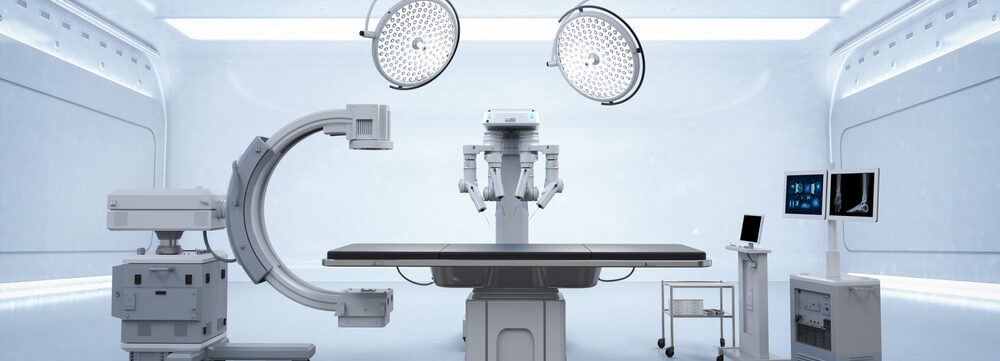Blog
Efficient Operating Rooms By Design

Efficient operating rooms are necessary. An operating room must be efficient in order to ensure the safety of the patient and the medical staff. Efficiency in an operating room helps reduce the amount of time spent on the procedure, which can reduce the risk of potential errors during the procedure. Efficiency also helps reduce the risk of infection by limiting the amount of time the patient is exposed to the environment. Additionally, efficiency in an operating room helps to reduce the amount of stress on the medical staff, which can help improve their performance.
Fundamental Design Features of an Efficient Operating Room
- Adequate Lighting: Operating rooms must have adequate lighting in order to ensure that the doctors and nurses performing the surgery can have a clear view of the patient and the surgical site.
- Temperature Control: Operating rooms need to have the ability to maintain a comfortable temperature for both the patient and the medical staff.
- Air Filtration: Operating rooms must have good air filtration systems to ensure that airborne contaminants are filtered out and kept away from the patient and medical staff.
- Sterility: Operating rooms should be kept as sterile as possible in order to prevent the spread of infection. This means all exposed surfaces need to be cleanable and materials need to be durable enough to withstand harsh cleaning agents.
- Medical Equipment: Operating rooms must have the necessary medical equipment to perform the necessary surgery.
- Space: Operating rooms must have enough space to accommodate the patient, the medical staff, and the equipment.
- Safety: Operating rooms should be designed with safety in mind for both the patient and the medical staff.
Stress Relief in the OR
Stress is the most common feeling for surgeons and staff when they go through those double doors into the operating room and for good reason. They literally hold another person’s life in their hands. Any complication can drastically change the outcome of even the most routine procedure. Designing an operating room that benefits the staff and ultimately a patient’s outcome is a high priority in healthcare design.
Case Study
Clemson University and the Medical University of South Carolina have been working together on a project that looks for safer and less stressful OR environments. The result of the project was the construction of a 579 sq. ft. operating room prototype designed specifically to reduce stress for medical staff.
One of the fundamental characteristics of the prototype was flexibility and adaptability. The prototype Operating rooms have ancillary rooms that can be adapted to different circumstances. The room also has overhead surgical lights that could be reconfigured easily.
The prototype was also designed to optimize movement and flow. The researchers noted that the layout of an OR can give medical staff stress in different ways. For example, certain layouts cause more incidents of staff tripping over cables or bumping into equipment.
The researchers also found daylighting and artificial lighting strategies could also lower stress levels. Views of the outdoors, even from an OR, increased staff satisfaction, mood, and productivity.
Marie Wikoff is the creator of Wikoff Design Studio based out of Reno, Nevada. Her expertise in healthcare design has helped modernize healthcare organizations locally, regionally, and internationally, improving patient experience and outcomes. Her credentials include Evidence-Based Design Accreditation and Certification (EDAC), American Academy of Healthcare Interior Designer (CHID), the National Council of Interior Design Qualification (NCIDQ) and LEED AP. Contact Marie Wikoff







